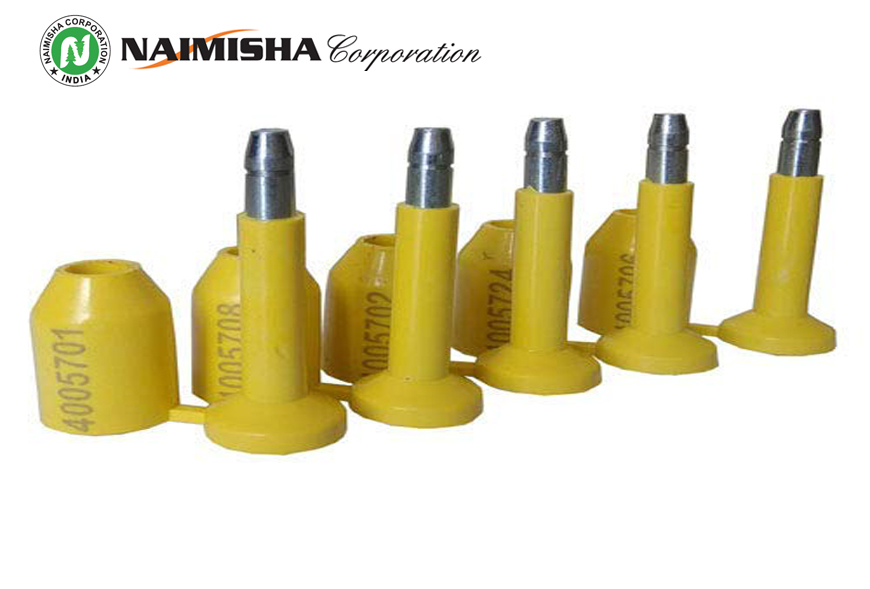We live in an era of globalization, which demands for extensive shipping networks across the globe. With goods being sent and received everyday, one needs to prioritize their security. But mechanical locks became quite easy to tackle which led us to container seals. When mechanical locks failed to meet our expectations, we followed the theme ‘Need is the mother of invention’ and brought container seals into action.
Since people managed to get their hands on either the keys or copies to unlock the locks, Locks without any keys were designed. These container seals are good enough to put a lock on the container but unfortunately (for the ones waiting with their keys) they tend to take their job quite seriously and refuse to open and thus need to be cut open. Since the container seals lack keys, they can be removed only once and thus ensure the cargo’s delivery in its original state.
The requirement of ensuring the cargo’s security is fulfilled by container seals. Different types of seals such as bolt seals, cable seals, etc. according to the requirements are used to seal the shipping containers. These container seals can only be opened once after being placed on the container and hence provide safe journey to the cargo. Moreover, in case of theft or contamination the broken or altered seals offer potential evidence of the committed act.
But what if someone breaks open the seal, steals or contaminates the cargo and puts a similar looking seal back on the container?
Well, thanks to the unique identification numbers or even bar codes present on the seals, the above mentioned ‘what if’ becomes quite an impossible scenario.
Container seals have maintained the cargo security for a long time now. They not only safeguard the shipment from theft and contamination (which may lead to illegal transport of questionable materials such as drugs) but also maintain the privacy of the sender and as well as the recipient.



